Get Inspired
My Legacy: Matthew Fier Takes Action
The rain started to fall from the sky, turning a slight mist into a drizzle in a matter of seconds. The thumping drops sounded more like drum beats. I came to, after being knocked unconscious and carried from the middle of football drills, with my teammate muttering something about our collision.
It wasn’t my first concussion that season. I’m not sure if it’s because I have a larger-than-life noggin, or because my tackling form was based off ESPN’s Jacked Up highlight reels, but I was more concussion-prone than Wes Welker over the middle.
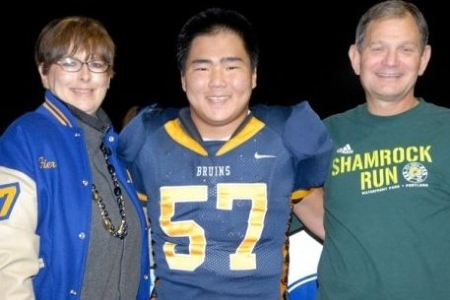
Posted: February 11, 2016
I played highly competitive tackle football for nearly a decade. My playing days were at the tail end of the concussion-ignorance era. Concern over concussions was new territory, with little information and little support. Back then, there were no real tests except for balance and the presence of headaches. To this day, I’m not sure if I had repeated concussions (mostly from football), or if I had a few that I simply never healed from. Regardless, I stopped reporting (e.g., caring) after my 6th concussion made it to the medical report.
Don’t get me wrong, I wasn’t the stereotypical jock who lived and breathed football. I was in the church band, an honors student, and an aspiring writer. I could remember anyone’s name and little details about them years later. My friends hated that I could bring up an old memory just to embarrass them around their girlfriends. But I was also 16, barely a sophomore, and just wanted to play ball.
In 2009 (concussions, a torn ACL, and a fractured back later), my playing days were over. I had a few recruitment letters collecting dust on my desk, but I had another set of contact info on top of them: the Concussion Legacy Foundation (called the Sports Legacy Institute at that time). They had made some small ripples in the sports community touting Chronic Traumatic Encephalopathy (CTE) before anyone would accept its existence. I emailed them, and found out there was no way to diagnose CTE in a living person.
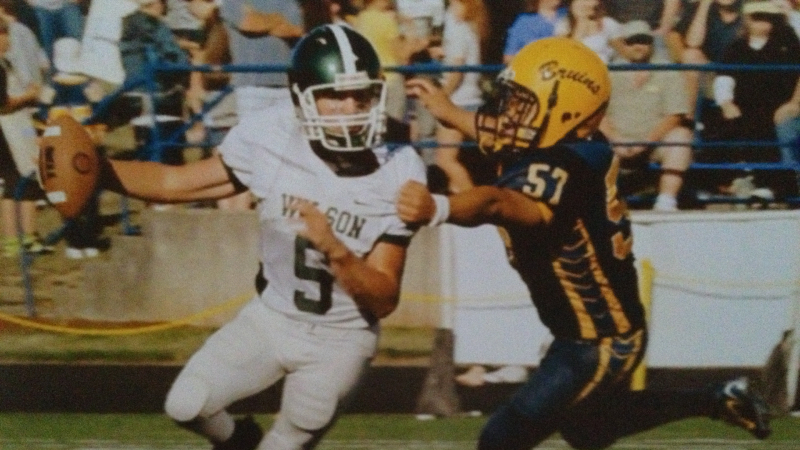
Since then – despite the advances amazing doctors and researchers have made – the only way to officially diagnose CTE is still post-mortem. They open the brain and look at the tissue in search of build-up of an abnormal protein called tau.
Most readers probably know about CTE or have seen the movie Concussion (disclaimer: I haven’t yet, mainly out of fear I’ll cry in the theater). According to the Concussion Legacy Foundation, symptoms of CTE can include “memory loss, confusion, impaired judgment, paranoia, impulse control problems, aggression, depression, and eventually progressive dementia. Symptoms can begin to appear months, years, or even decades after trauma has ended.”
I love sports and being active. I love football and the glory that came from hitting a quarterback. I love barreling down Mt. Hood on my snowboard and riding a jet-ski at 40 mph on the Columbia River.
But I hate the headaches, I hate the days my eyes can’t focus, and I hate the ringing in my ears. I hate no longer recognizing people that have played significant roles in my life. I also hate the idea of kids not being able to enjoy life, living in some computerized bubble, because parents are (rightfully) afraid of them developing CTE like Junior Seau, Frank Gifford, or Tyler Sash.
That’s why after considering the future of the next generation, I’ve pledged to donate my brain to research. I don’t want to hit my mid-50s and no longer recognize my kids.
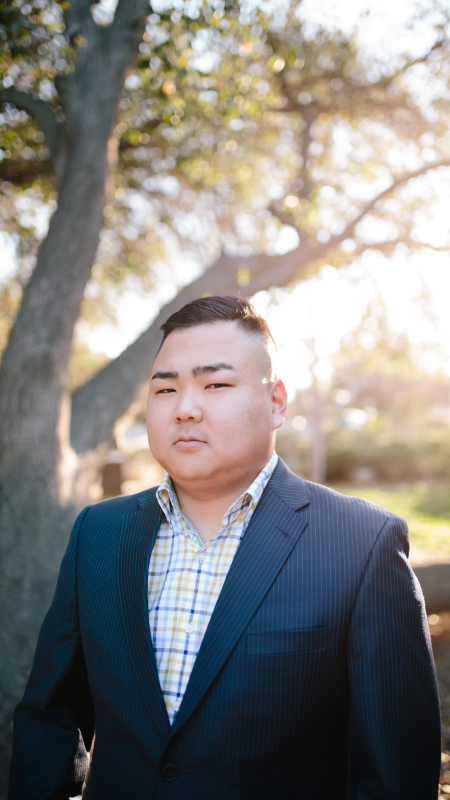
By pledging to donate my brain, I’m pledging that I want my legacy to be just one of the ripples making sports safer. I want to be remembered for making a difference, helping future generations be able to be healthy and active. I want my legacy to be that I helped save lives and revolutionize brain safety.
My future and the possibility of CTE is not something I can dwell on, but it’s something that I have to live with. So until we find a solution, let’s stand up – let’s not live in fear, but strive to make a difference. Do everything you can for yourself, or for someone that you love who has gone through multiple concussions: raise awareness, fund-raise, or even pledge to donate your brain.
We all have a responsibility for today, tomorrow, and tomorrow’s tomorrow. That’s my legacy. What will yours be?
Matthew Fier is a current M.S. Candidate at Mercyhurst University studying Applied Intelligence. Originally from Portland, Oregon, he now lives in Pennsylvania. You can connect with him on his website.
You May Also Like
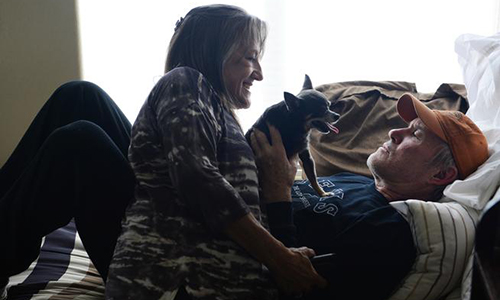
Those struggling with suspected CTE are not the only ones who need support. View tools and resources for CTE caregivers.
Caregiving for CTE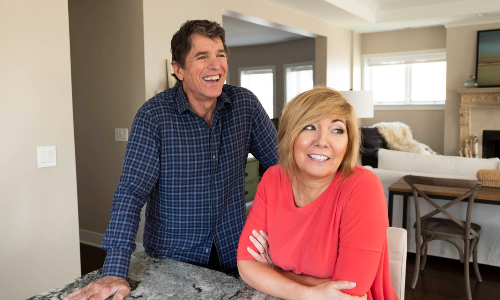
Staying active, eating well, and maintaining healthy sleep habits can make a world of difference when managing CTE symptoms. Take it from Mike Adamle.
The Mike Adamle Project: Rise Above